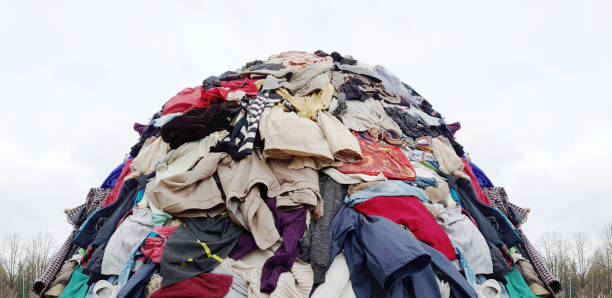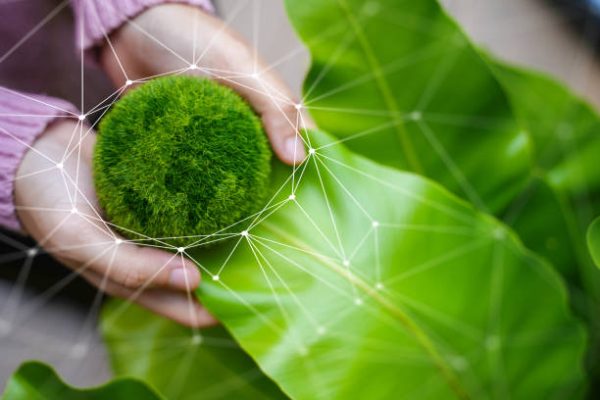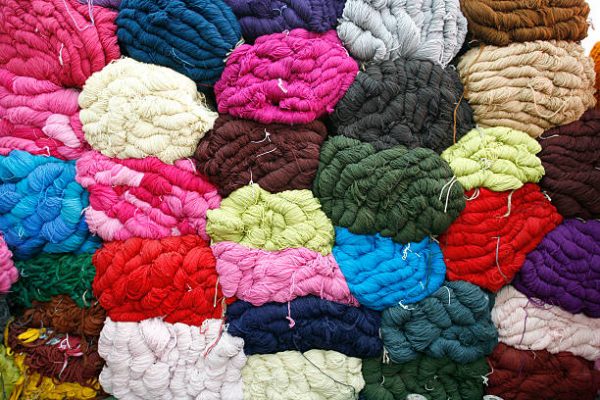The global fashion industry faces increasing scrutiny for its environmental footprint, from excessive waste to pollution. One innovative solution that is gaining momentum is textile recycling. This practice transforms discarded fabrics into new materials, offering a path to reduce waste and foster sustainability. By adopting textile recycling, the industry takes significant steps beyond fast fashion and moves toward a future built on sustainability and resource efficiency.
The Environmental Toll of Fashion Waste
The Problem with Fast Fashion
Fast fashion encourages rapid production and consumption of low-cost clothing. This model has led to a staggering increase in textile waste. Each year, millions of tons of clothing end up in landfills, where synthetic materials take centuries to decompose. Additionally, textile production consumes vast amounts of water, energy, and raw materials.
Textile Recycling as a Solution
Textile recycling addresses these challenges by repurposing old garments into new fabrics or other usable materials. This process reduces waste, lowers environmental impact, and decreases the demand for virgin resources like cotton and polyester.
Innovations in Textile Recycling
Chemical Recycling
Chemical recycling breaks down synthetic fibers, such as polyester, into their raw components. These components are then reprocessed to create new fabrics. Companies like Worn Again Technologies are leading this innovation, turning discarded textiles into high-quality materials for reuse.
Mechanical Recycling
Mechanical recycling involves shredding textiles into fibers and spinning them into new yarns. While this method is commonly used for cotton, advancements now allow for blending recycled fibers with virgin materials to improve quality.
Biofabrication
Biofabrication uses biological processes to recycle textiles. For instance, researchers are exploring enzymes that can break down natural fibers like wool and silk. This emerging technology holds promise for minimizing the chemical and energy demands of traditional recycling methods.
Brands Leading the Change
H&M’s Garment Collection Program
H&M has introduced in-store collection bins, encouraging customers to donate unwanted clothing. These garments are sorted and either recycled or repurposed, contributing to a circular fashion system.
Levi’s Sustainability Initiatives
Levi’s incorporates recycled cotton and polyester into its denim products. By promoting textile recycling, the brand aligns its operations with eco-conscious values.
Evrnu’s Regenerative Fiber Technology
Evrnu converts old textiles into NuCycl fibers, which are high-quality, durable, and recyclable. This innovation exemplifies how technology can reshape fashion production.
Benefits of Textile Recycling

Waste Reduction
Recycling reduces the volume of clothing sent to landfills. By repurposing waste, the industry minimizes its environmental impact.
Resource Conservation
Textile recycling conserves water, energy, and raw materials. For example, recycling one ton of cotton saves over 20,000 liters of water compared to growing new cotton.
Economic Opportunities
The growing recycling industry creates jobs in collection, sorting, and processing. It also fosters innovation, driving investments in sustainable technologies.
Challenges in Textile Recycling
Despite its benefits, textile recycling faces several challenges:
Sorting Complexity
Clothing made from blended fabrics is difficult to recycle. Innovations in fiber separation technology are crucial for addressing this issue.
Quality Degradation
Recycled fibers often lack the strength and durability of virgin materials. To overcome this, brands blend recycled fibers with new ones or use advanced processing techniques.
Consumer Awareness
Many consumers remain unaware of textile recycling options. Brands and governments must educate the public about sustainable disposal practices.
Moving Beyond Fast Fashion
The transition beyond fast fashion requires a systemic shift in how clothes are designed, consumed, and discarded. Textile recycling plays a pivotal role in this transformation by promoting circularity in fashion. However, achieving a truly sustainable system requires collaboration among brands, consumers, and policymakers.

What Consumers Can Do
- Donate clothes: Instead of throwing away old garments, donate them to organizations that support textile recycling.
- Choose recycled products: Support brands that incorporate recycled materials into their collections.
- Repair and upcycle: Extend the life of your clothing by repairing or creatively repurposing it.
The Role of Policymakers
Governments can encourage textile recycling through legislation and incentives. Policies that support research, infrastructure development, and consumer education are critical for scaling these efforts.
A Future Built on Natural Fabrics and Recycling
As the fashion industry strives for sustainability, the integration of natural fabrics and textile recycling becomes essential. Natural fabrics like organic cotton, hemp, and wool are biodegradable, reducing the burden of synthetic waste. Combining these eco-friendly materials with recycling innovations creates a system that aligns with environmental goals.
By embracing textile recycling and focusing on natural fabrics, the fashion industry takes a significant step toward a circular and sustainable future. Together, these efforts offer a path to reduce waste, conserve resources, and redefine the value of clothing.

Conclusion
The journey from waste to wardrobe highlights the transformative potential of textile recycling. This innovative approach not only reduces environmental harm but also fosters a culture of sustainability in fashion. As consumers, brands, and policymakers collaborate, the vision of a circular fashion system becomes increasingly achievable.
Through advancements in recycling technology, the adoption of natural fabrics, and a collective commitment to sustainability, the industry can move decisively beyond fast fashion and shape a greener future for generations to come.
About IGREEN TEX
IGREEN TEX is a provider of fashion and textile products, offering a wide range of apparel both domestically and internationally. Our commitment to quality ensures that our products not only meet the highest standards but also promote eco-friendly practices.
IGREEN TEX VIETNAM CO LTD
Address: No. 83, A4 Street, Ward 12, Tan Binh Dist, HCMC
Tax code: 0315844409
Email: info@igreentex.com
WhatsApp/Viber/Zalo: +84 938.045.900

